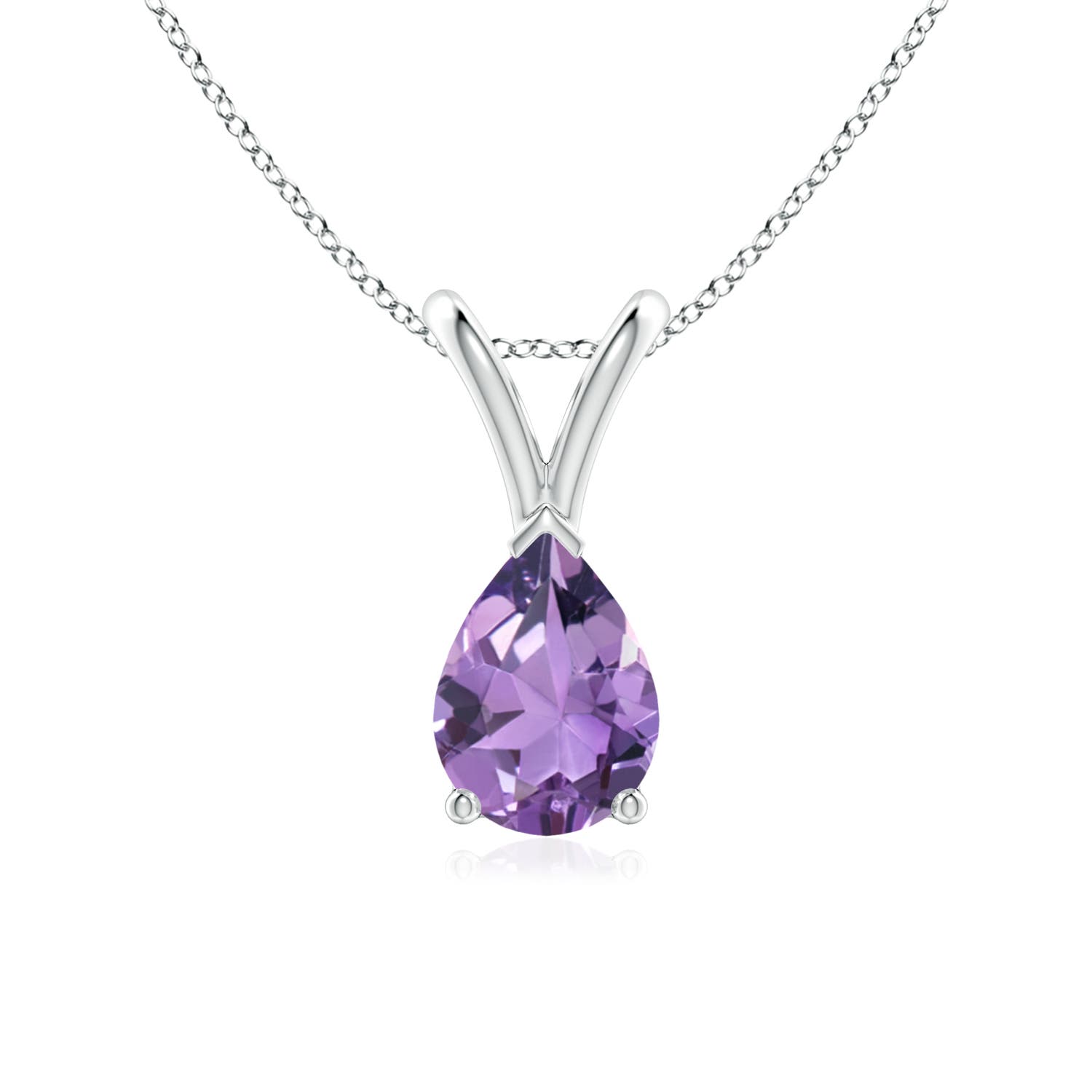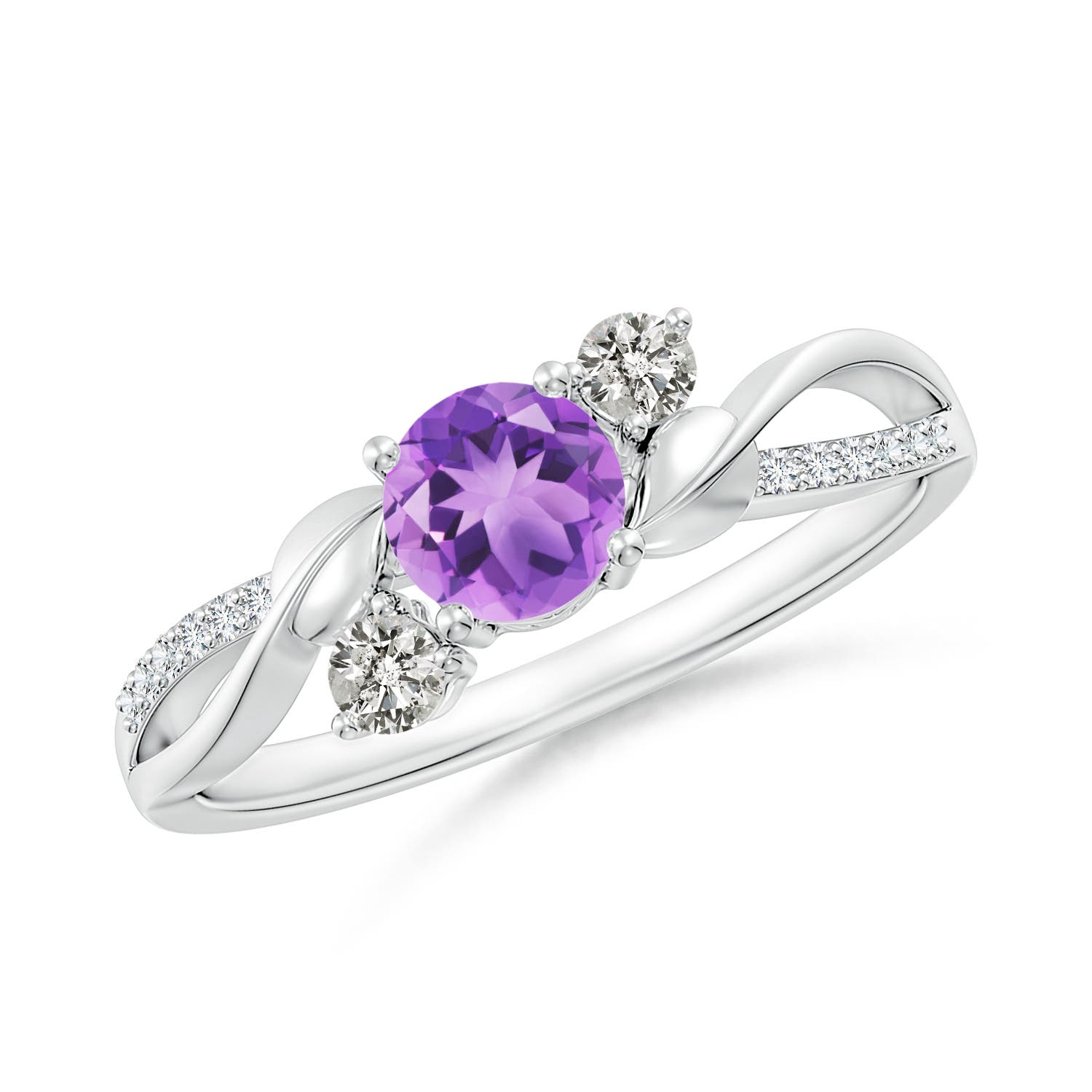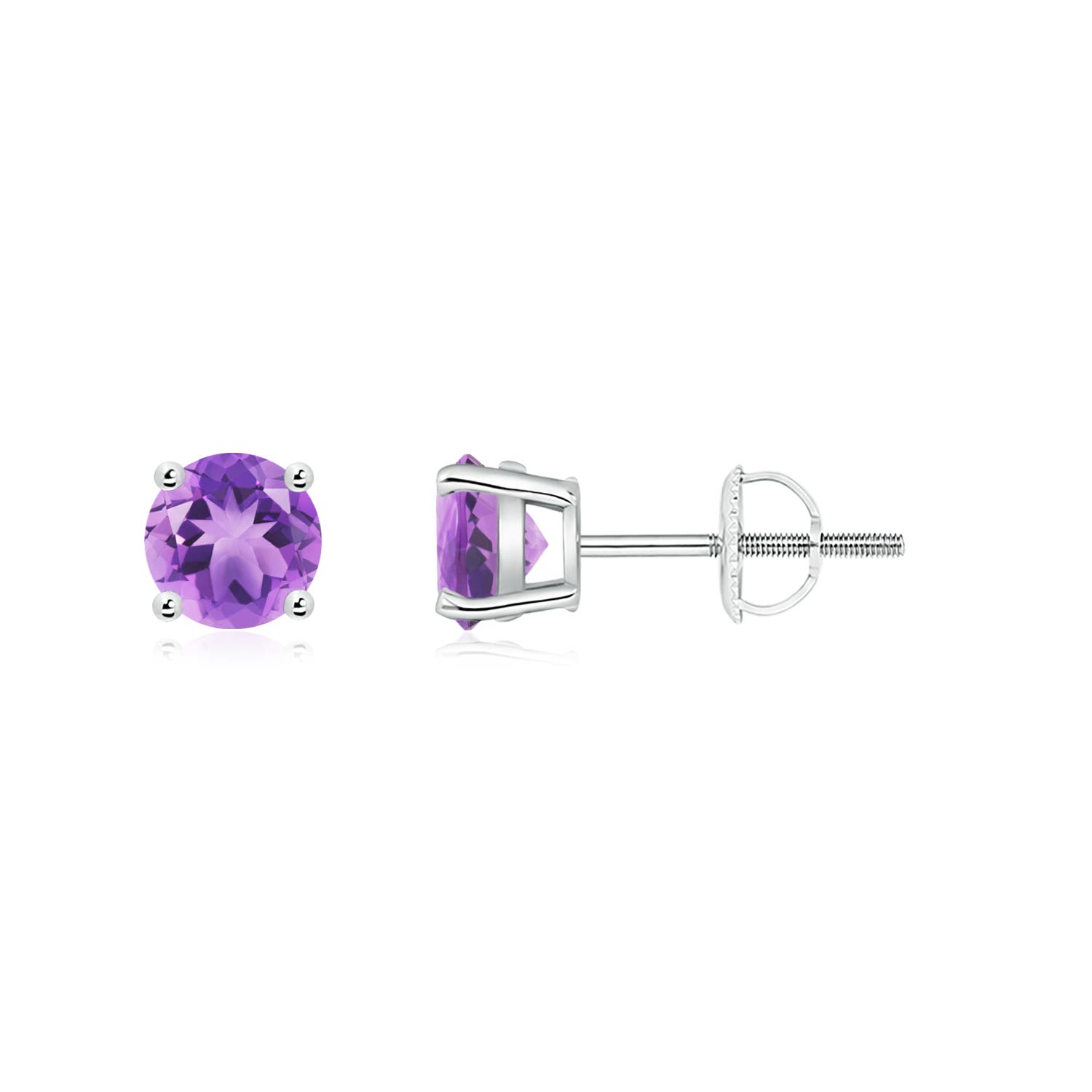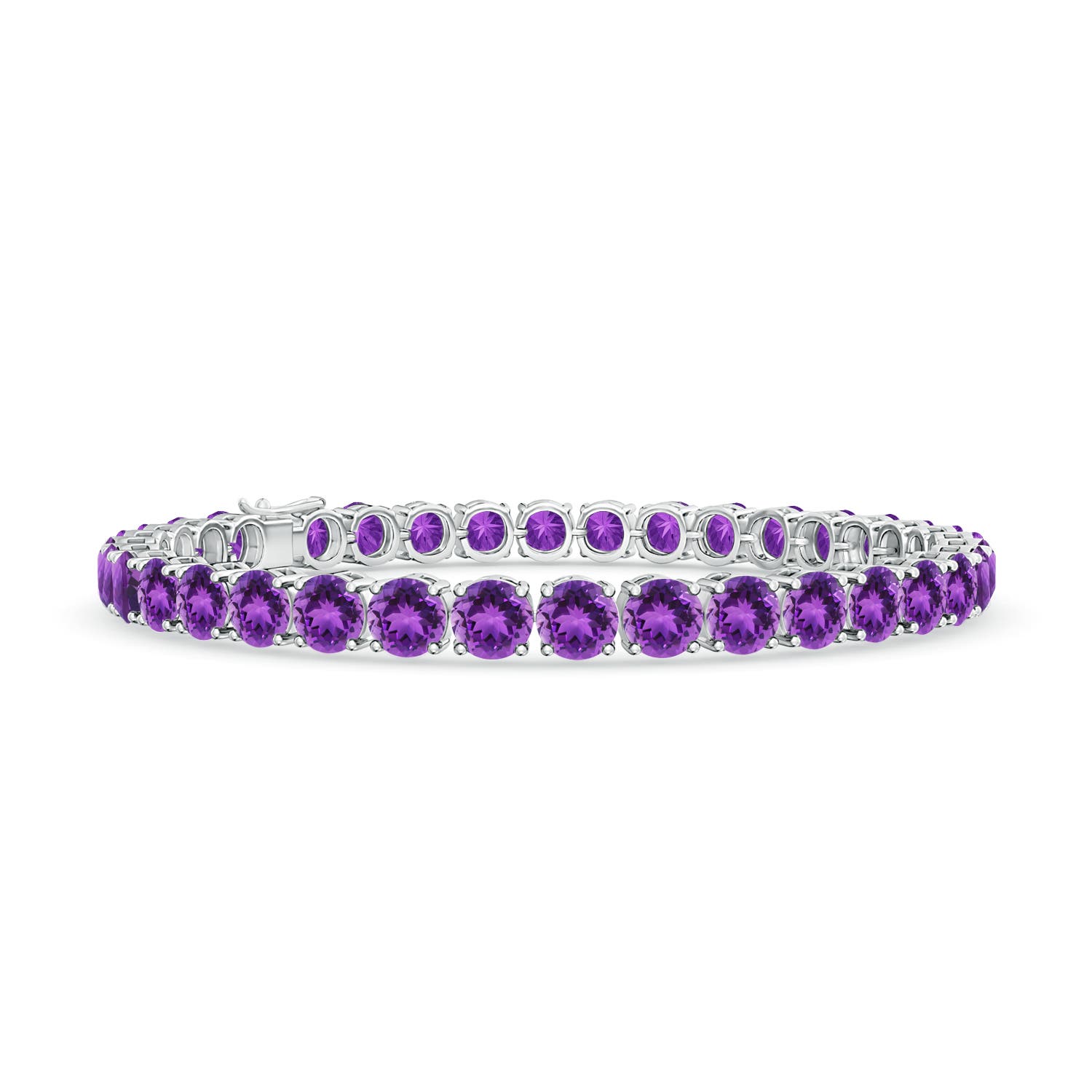A beautiful jewel cloaked in purple brilliance, amethyst is one of the most stunning gemstones used in fine jewelry. A member of the quartz family, the amethyst derives its name from the Greek word ‘amethystos’, which translates to ‘remedy against drunkenness.’ Its natural color ranges from a light lilac hue to deep overtones of purple. With that said, how does the amethyst achieve this stunning color? Is it the result of any artificial treatment?
In this article, let us discuss whether or not there is any truth to the assumptions.
So, Does the Amethyst Undergo Treatment?
To enhance their beauty and brilliance, many gemstones undergo treatment of various kinds. These human-initiated processes are primarily done to improve the hue and sometimes, to get rid of flaws/inclusions as well.
So, yes, the majority of amethysts undergo treatment. The two main methods used for this purpose include heat treatment and irradiation. Both of these can dramatically alter the amethyst’s color and clarity if done correctly.
Heating is the most common process that can alter this stone’s color by lightening, darkening, or changing it entirely. Treating the amethyst under controlled conditions, at 400 to 600 degrees Celsius, can produce some astonishing hues and give this gem the royal purple color it is famed for.
Furthermore, the heat treatment can also reduce the appearance of inclusions, thereby enhancing the clarity of the stone. And when treated with love and care, the effects of the procedures can last a lifetime.
Is the Amethyst Worth Buying?
Absolutely!
If the dramatic beauty of this February gem isn’t enough to make you want to own amethyst jewelry, then the following USPs may change your mind.
Mesmerizing Color
This gorgeous semi-precious stone’s hue can vary from muted lavender to dark purple. As mentioned earlier, the amethyst belongs to the quartz family and owes its color to the presence of iron impurities. So the intensity of the purple usually varies depending on the quantity of this particular element. Nevertheless, this stone’s royal hue is eye-catching and a wonderful conversation starter.
Royal Association
Historically, purple was worn only by the elite as it was a scarce dye color. So apart from stunners like rubies and emeralds, another gemstone that became incredibly popular in the royal houses was amethyst. Catherine the Great (Empress Catherine II of Russia) had a fondness for gems, and amethyst was said to be one of her favorite jewels. She never failed to adorn herself in majestic necklaces, earrings, and other jewelry pieces featuring amethyst. Furthermore, how can we forget to mention two of the most famous amethyst jewelry pieces? One is Queen Silvia of Sweden’s Tiara, and the second was the elegant amethyst bib necklace worn by the Duchess of Windsor to a gala held in Versailles in 1953.
Considerably Durable
A rating of 7 on the Mohs scale of mineral hardness implies that the amethyst is suitable for daily wear. However, it must be treated with love and care.
Parting Note
Although most amethysts are subjected to enhancements, it is still one of the most sought-after semi-precious gems available today. And the USPs mentioned above further sweeten the deal. So, no matter how you choose to wear it, this gem is sure to be a worthwhile purchase.
































